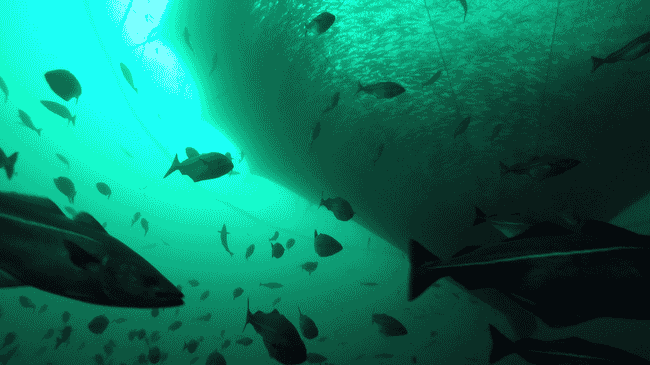
© Kana Banno
The initiative aims to help inform decisions on both future farm locations and the development of existing farms.
The Scottish Association for Marine Science (SAMS), Scottish Salmon Producers Organisation (SSPO), Sustainable Aquaculture Innovation Centre (SAIC), and the University of Dundee are exploring how the model used to understand the interaction between fish farms and the seabed beneath them – known as NewDEPOMOD – can better reflect the physical and ecological conditions in different parts of Scotland.
The project builds on the work undertaken over the last two years by SAMS, SSPO, and SAIC – in consultation with SEPA, the Scottish environmental regulator – with the addition of expertise in environmental fluid mechanics and sediment transport dynamics from the University of Dundee.
Conducting a series of tests at their state-of-the-art laboratory facilities, researchers at the university will mimic the hydrodynamic conditions and sediment bed characteristics in different types of waters in Scotland – from sheltered sea lochs to more exposed coastal waters with rocky, sandy, or muddy seabeds. They will then model the settling, deposition and resuspension of waste matter from fish farms to see how they will react within these environments.
The addition of these trials will improve the quality of information and the accuracy of the predictions used to determine the best locations for salmon farms in Scottish waters. While NewDEPOMOD is successfully used by the aquaculture sector globally, its effectiveness is enhanced where specific research and data are available for factors such as location, hydrography and local species. Through this collaborative project, the software will be further developed to improve these parameters in a Scottish context.
Helena Reinardy, teaching fellow and researcher at SAMS, said: “Scotland is leading the way in developing NewDEPOMOD, creating a model that is more tailored to the conditions at sites across the country. The first phase of this project set the foundations for defining the parameters that inform decisions about fish farms locations, and this next phase will progress that even further with the addition of the University of Dundee. Ultimately, we want to create an interface between the sector and regulators that is not only useful for them both, but informed by the best science available too.”
Iain Berrill, head of technical at the SSPO, commented: “We are very supportive of this project and the sector is investing heavily in it, to ensure the outcomes are of use to all concerned. Being able to accurately predict how we interact with our environment is key, not only for the development of new and existing farms, but to our sector’s wider sustainability objectives, as presented in our Sustainability Charter. The SSPO and its members look forward to working with the project team as this important project progresses.”



